We got the minibus at 9.15 the next day, after another substantial breakfast! This dropped us at a carpark (with one loo – we queued!) on the edge of moorland and we followed tracks across the moor. It was sunny and breezy and very enjoyable and even more so when we saw curlews, then a lark (not rising up and singing though).
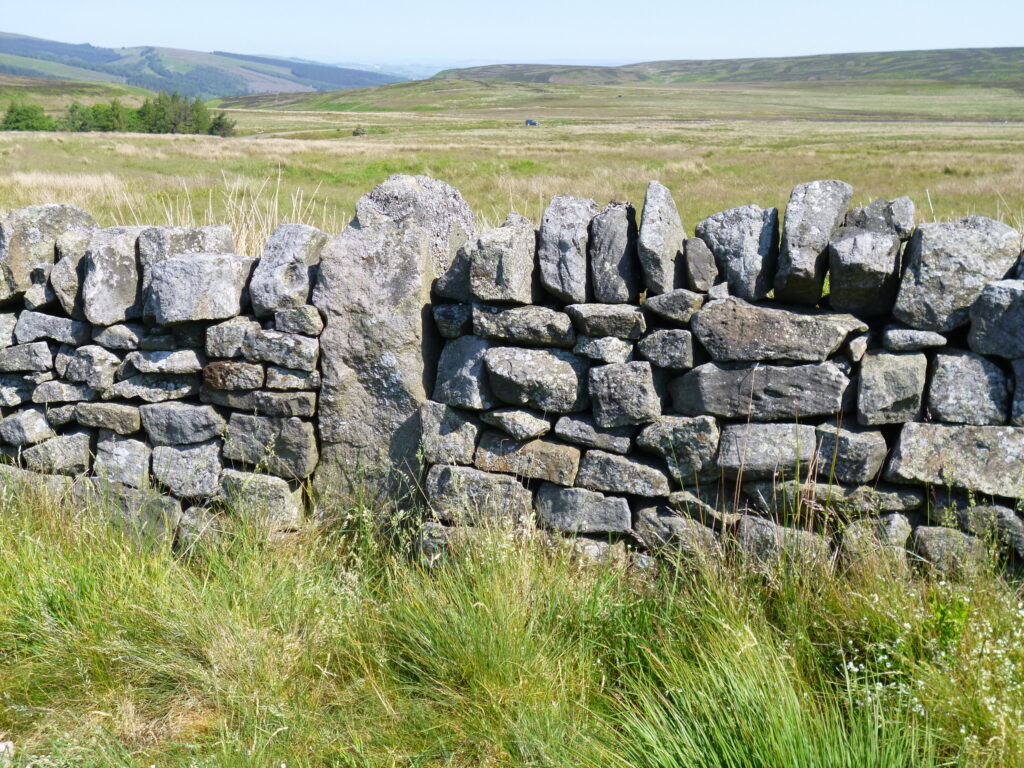
A red kite then appeared and was mobbed by curlews and lapwings. I know what they were because our leader was good at identifying birds! A bit further on we saw a small bird that might have been a meadow pipet. We stopped for elevenses on a hillside with a pleasant view.
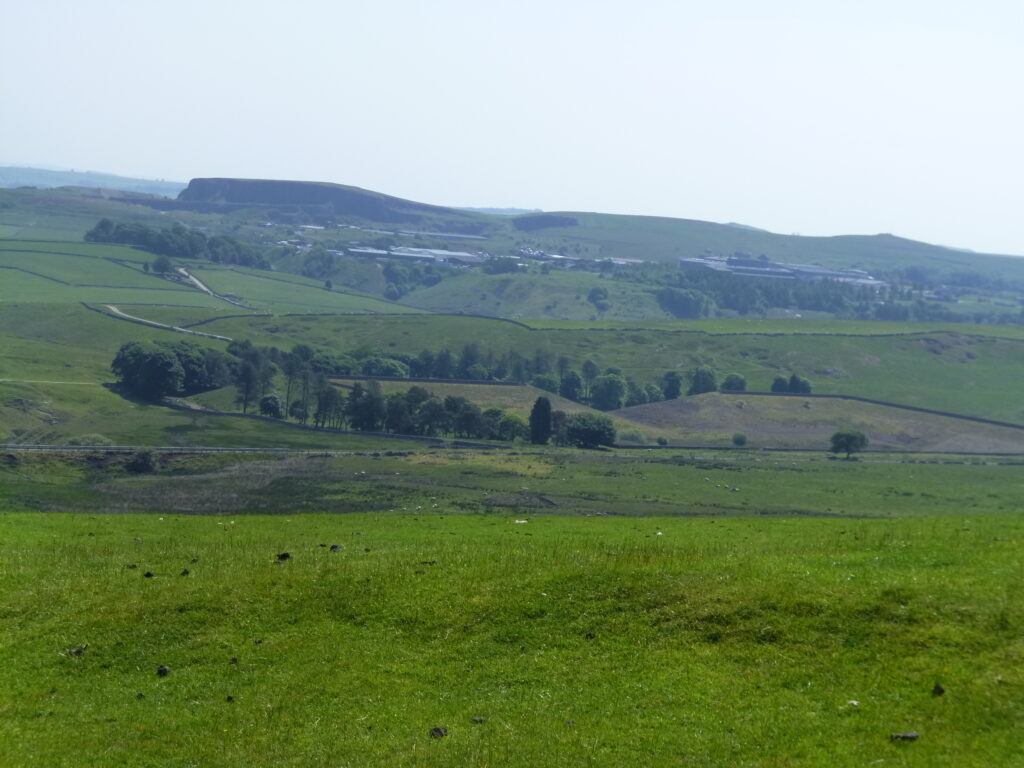
We followed paths through fields and woods to a place where we could see “Solomon’s Tower” – a folly erected by the landowner with the surname Solomon!
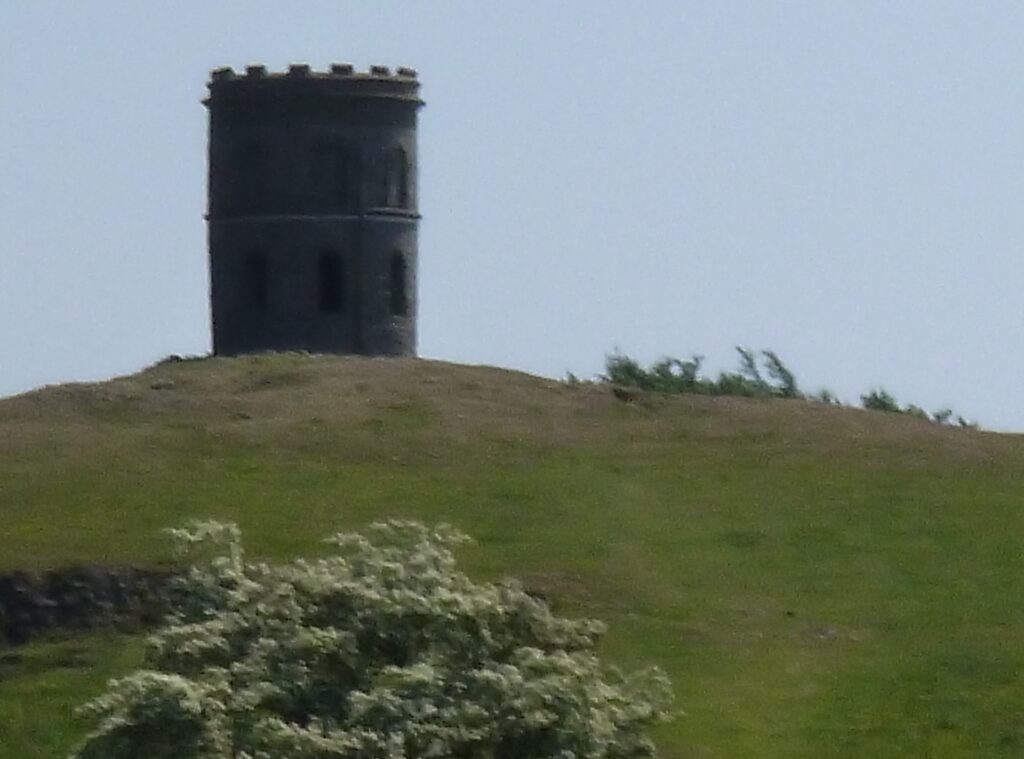
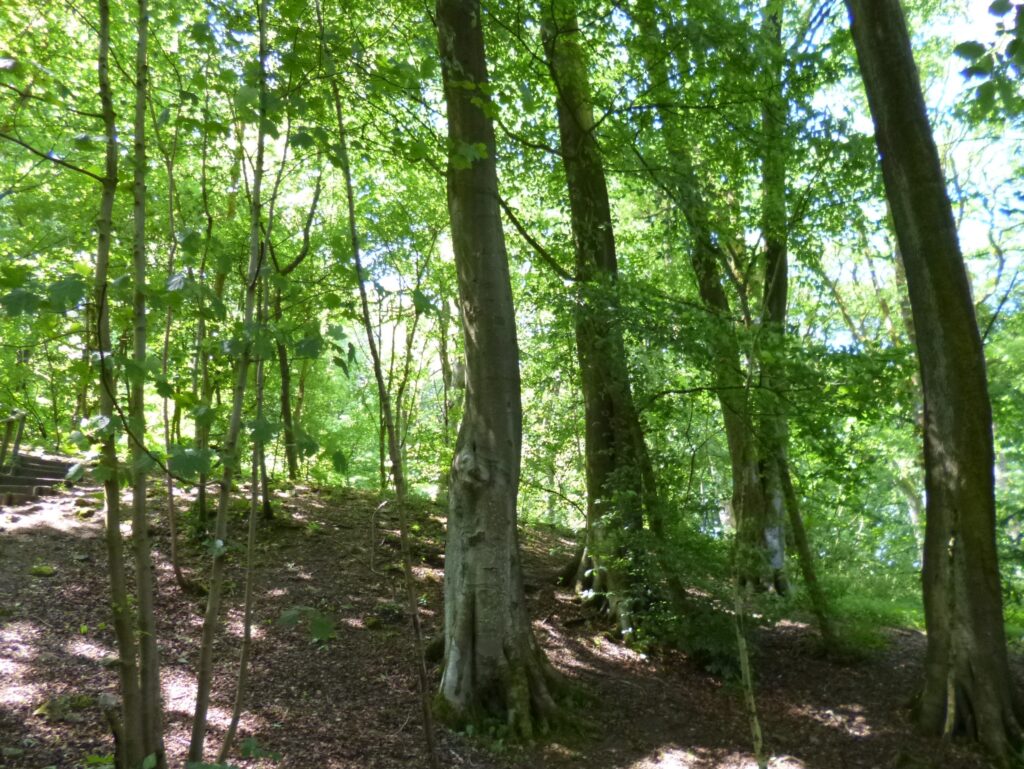
The route then continued down though lovely woodland until we reached Poole’s cavern, where we had lunch outside, by their café. One could enter Poole’s Cavern and have a guided tour. We were told it would be cool – welcome on the hot day! However, I am not keen on going underground, so I was one of 4 people who didn’t go in and were taken into Buxton by the leader. Two of the women went into the “Buxton Experience”, which they later said was quite good. I think it showed some of the history of the town. The other 2 of us just wanted to look at the town. I was searching for postcards but could not find many. It was also rather hot to wander round the town which was on a steep hill. I finally found a pleasant “Vintage tea shop” and sat down with a pot of tea before going back to find the rest of the party to get the minibus.
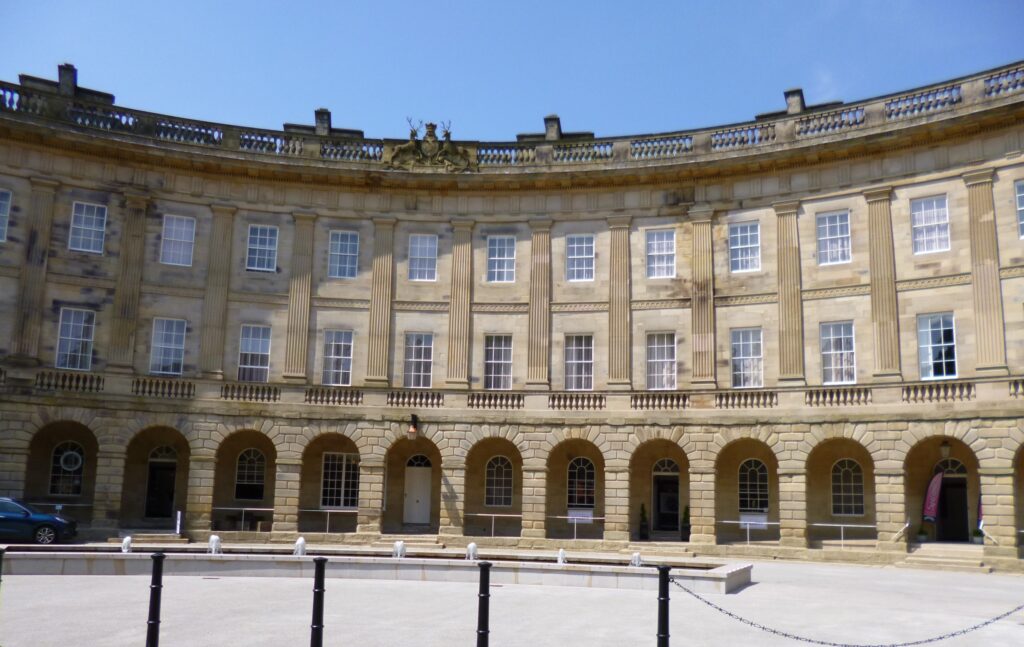
The evening was skittles, which I opted out of as I was a bit tired and had got heat rash!
The minibus left at 9.15 again the next day and took us to the carpark at Middleton Top on the High Peak Trail. The trail is an old railway line which used steam powered wheels with cables to pull the trucks up the hills, as they were too steep for steam trains.
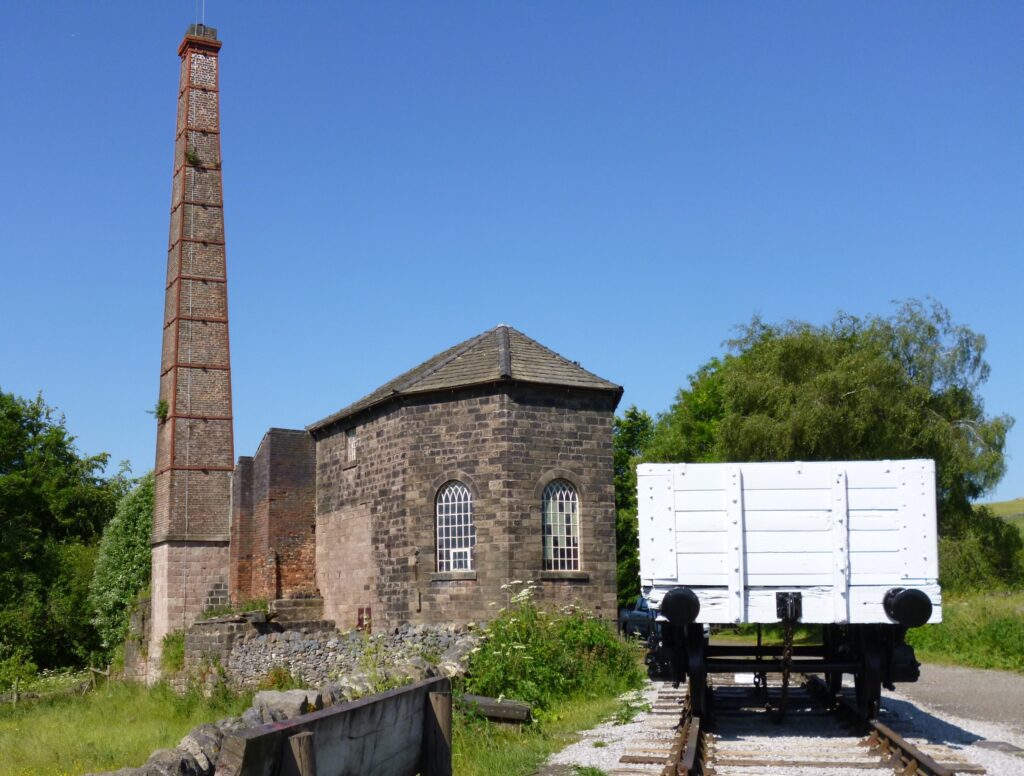
The engine house was still there but was not open for viewing. We could see the wheel which carried the cable, though and also the other wheel which was used to tighten the cable when needed.
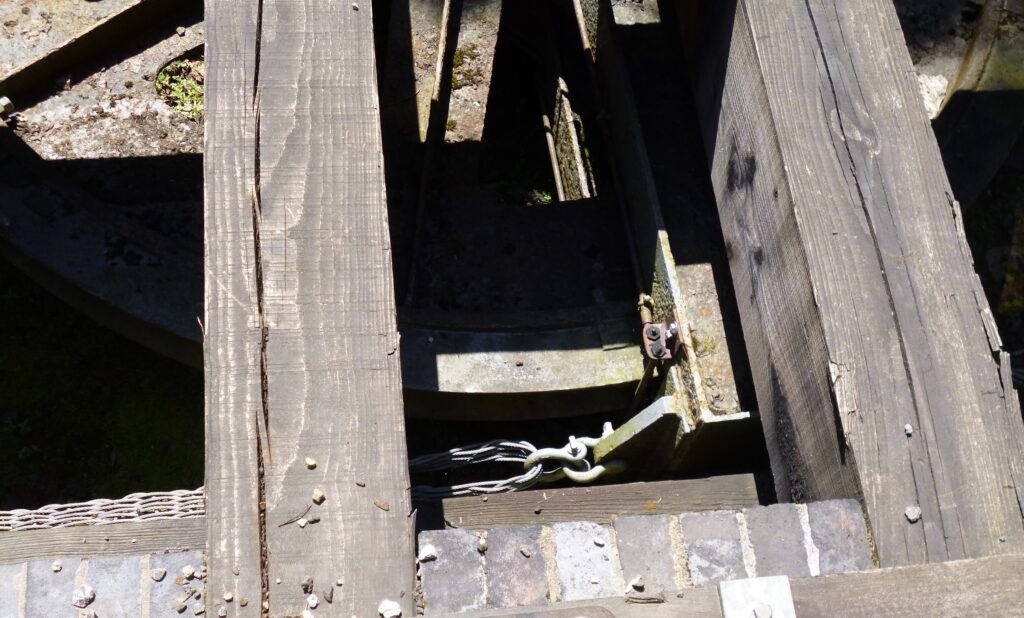
A couple of us had a good look at these and then we all followed the trail – easy going for walking, even when it went down quite steeply.
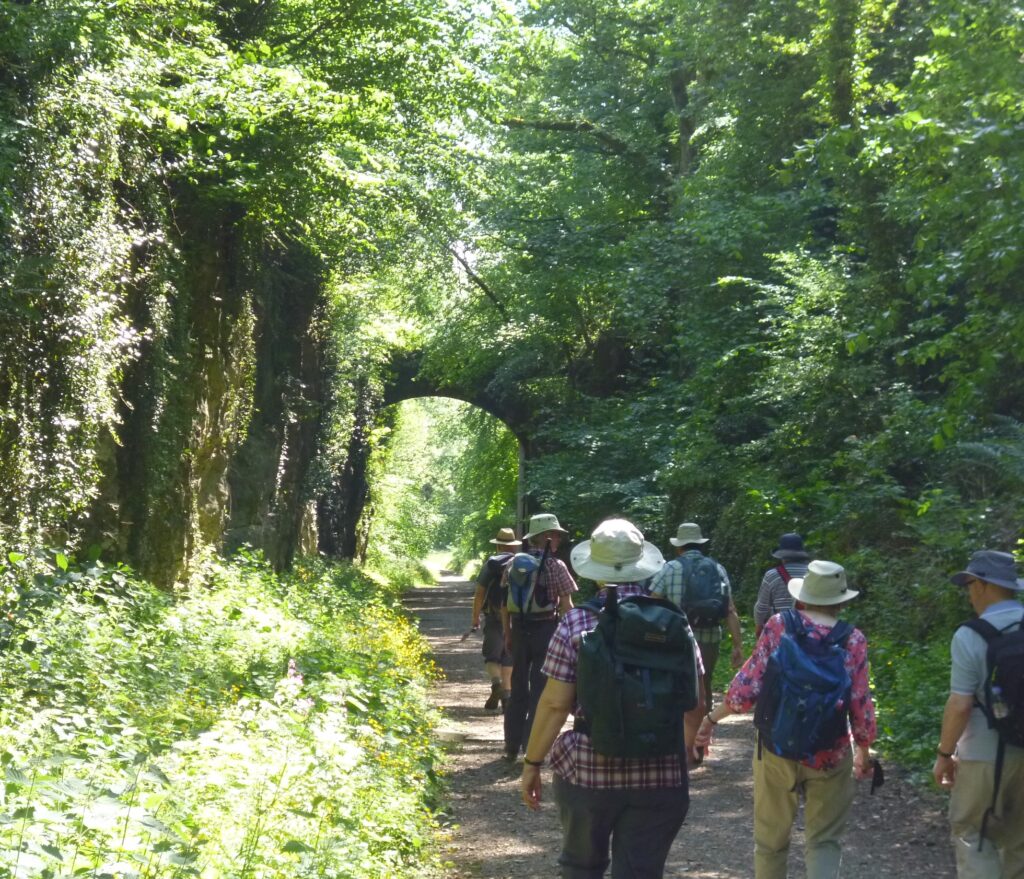
After a while we reached the National Stone Centre and the leader took us to look at the “Millennium Wall”, which was a long dry stone wall built in sections with each section built by people from different parts of the country.
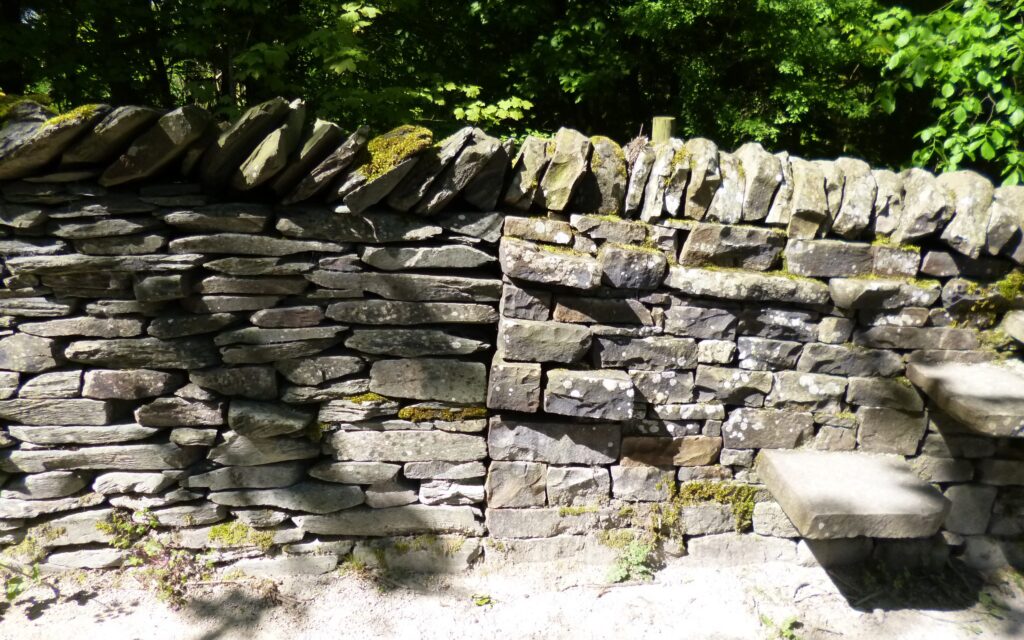
As the stone types differ from place to place and they used stone from the relevant part, the sections of wall come out surprisingly different. The coping stones were quite variable and the regularity of the stones varied depending on how easy it was to cut into blocks and this led to differing building techniques. More interesting than one might expect!
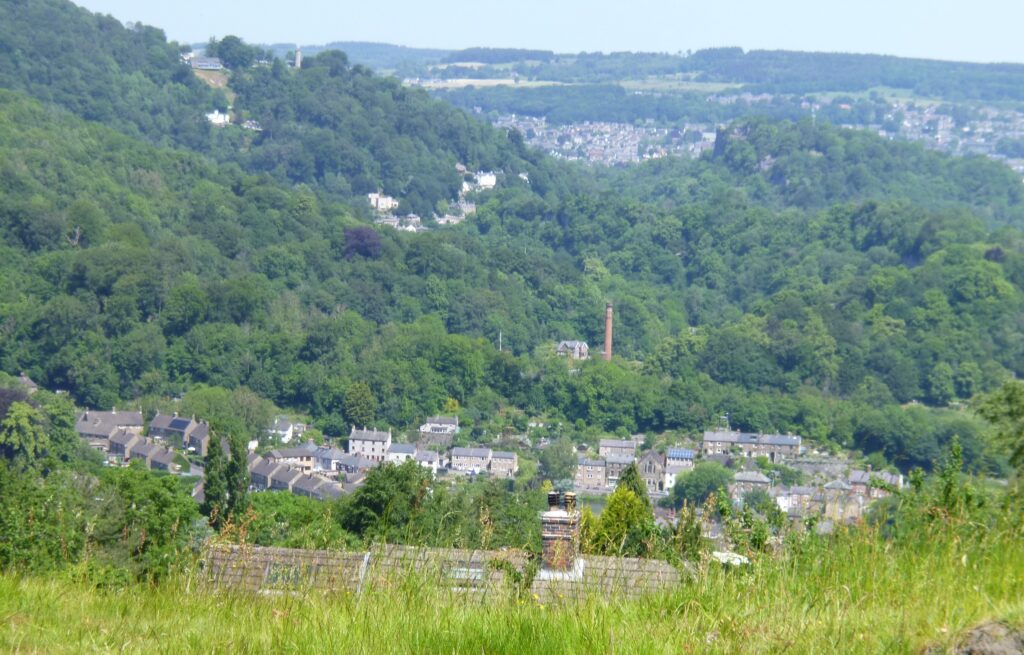
We had our elevenses at the centre and then continued down the trail to High Peak Junction having views over Cromford – our final target for the day – on the way down.
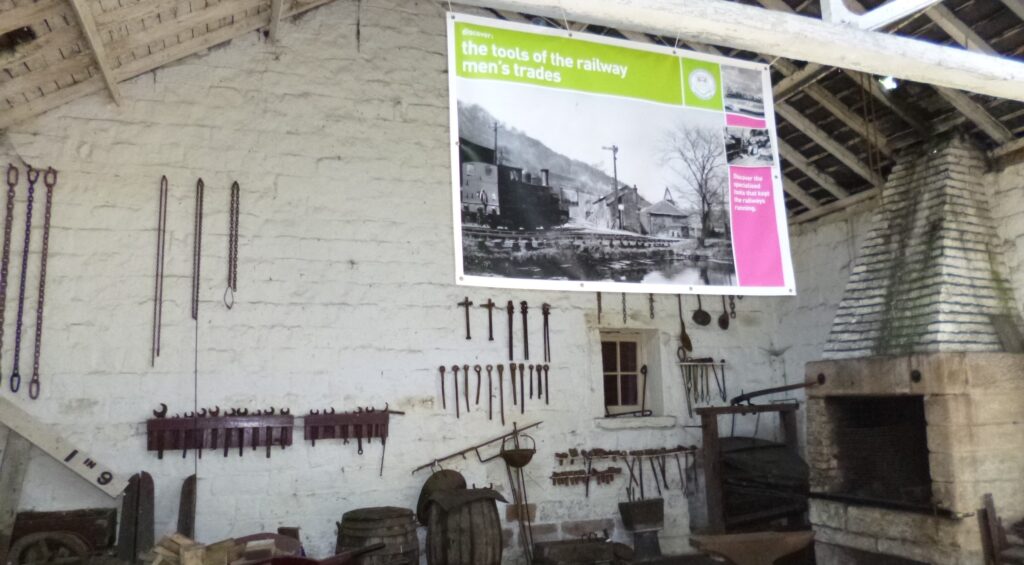
We had our lunch at the junction, beside the Cromford Canal and had time to look at the repair shop for the engines. Lots of amazing tools to admire!
The rest of our walk was by the Cromford Canal to Cromford Mill – the first ever cotton factory where raw cotton went in and cloth came out (I think!) It was built by Richard Arkwright. The canal was used for transport to/from the mill.
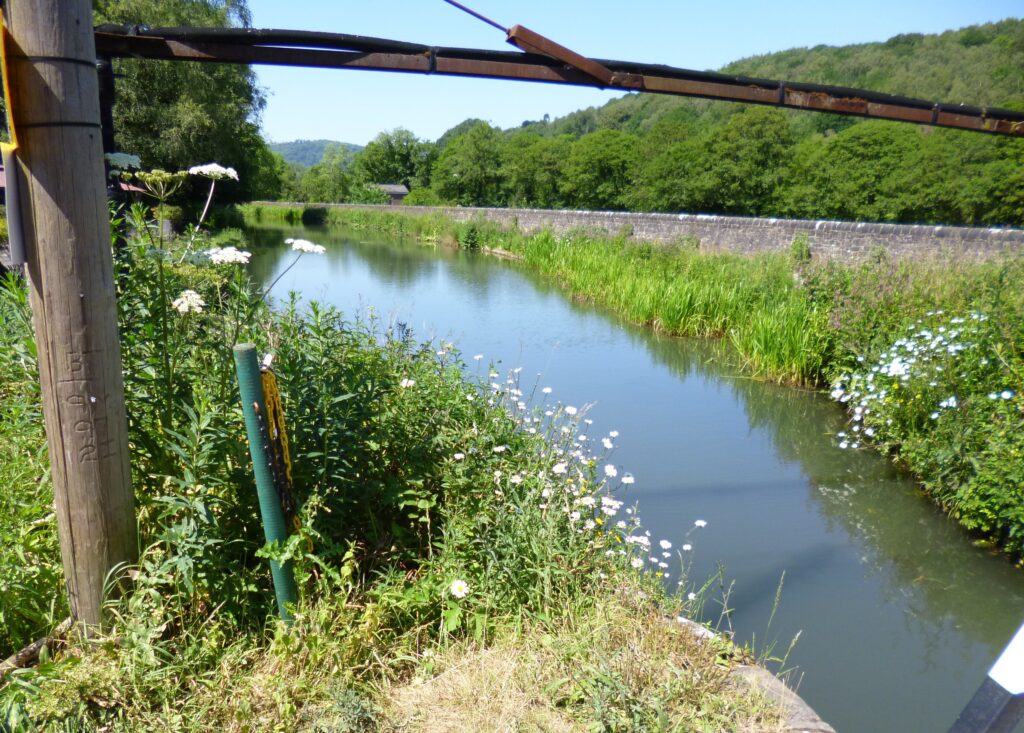
Disappointingly, there is no machinery left in the mill – it has been used for other things since the mill closed. We sat and had drinks and/or ice creams while waiting for our guided tour. The mill was originally water powered but later became steam powered. The tour included a sort of audio-visual hologram of Arkwright explaining how the mill was set up and the guide added bits and showed us where the water wheels had been and what the buildings were used for.
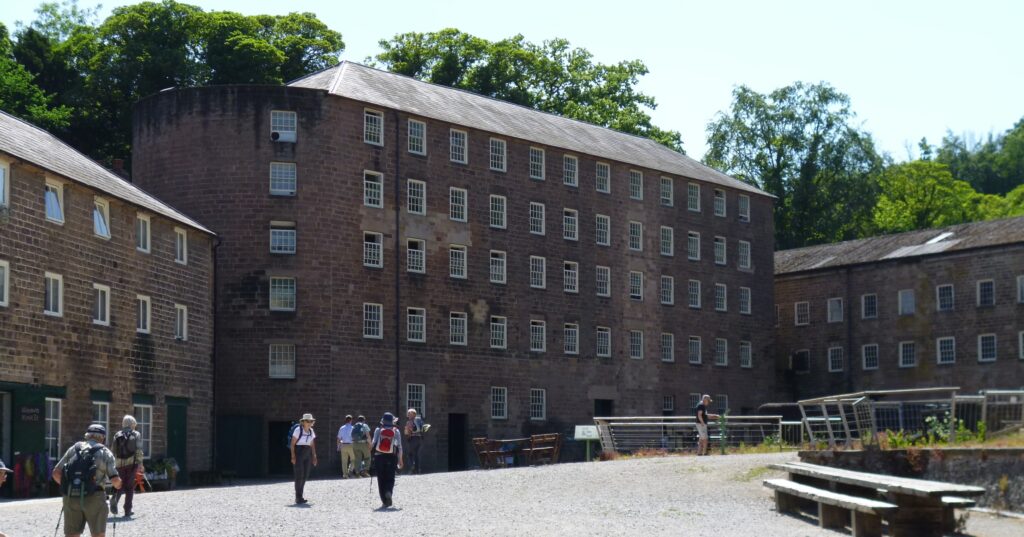
In the picture the building on the right had originally been much higher, but there was a fire. It was the original mill. The middle building was an addition to the mill and the buildings on the left were warehouses, to store cotton bales so that they never ran out. It was quite interesting, but seeing the original machinary would have been even more so! After the tour it was time to get the minibus back to the hotel.
To be continued…..